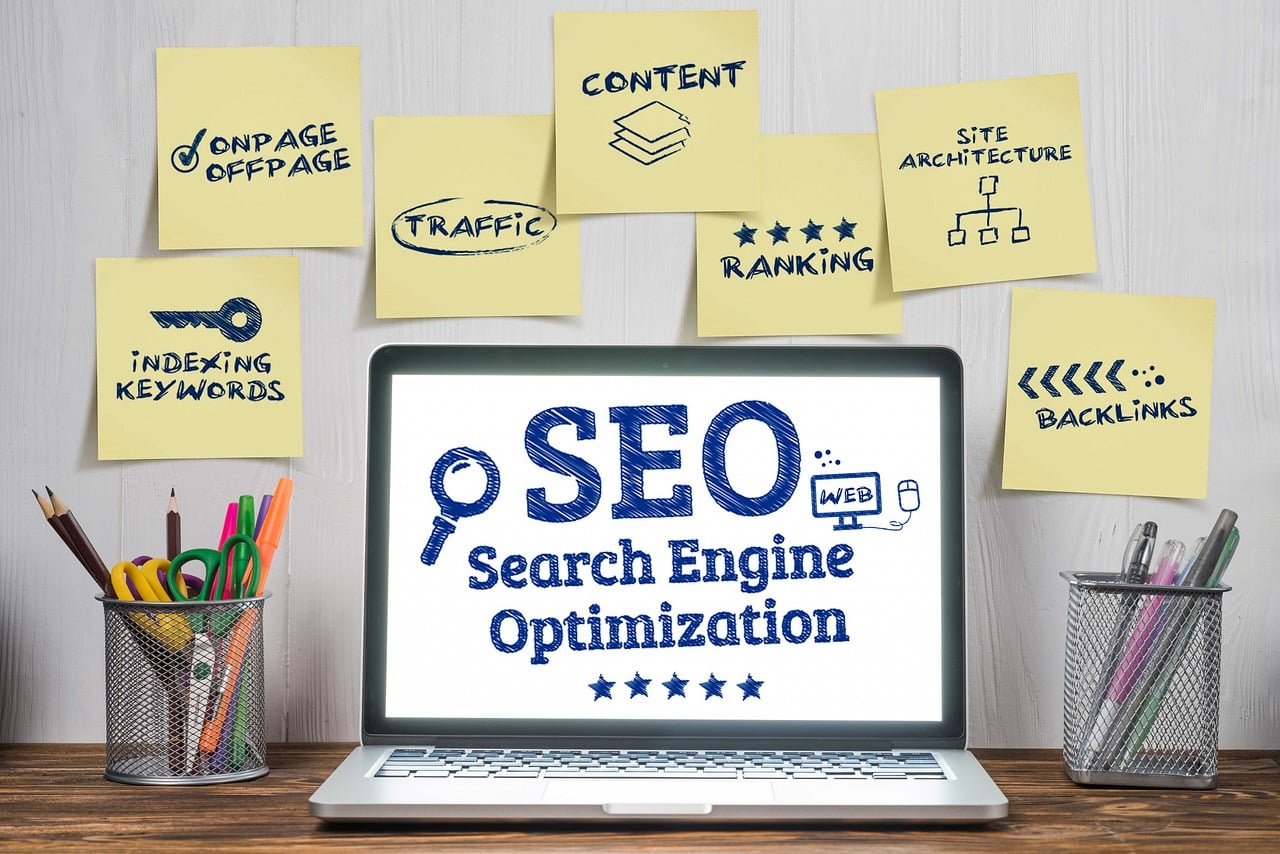As the digital landscape expands and evolves, so does the complexity and importance of search engine optimization (SEO). While there are countless factors and nuances to consider in an effective SEO strategy, some elements remain fundamental. Among these are meta titles and descriptions. For those unfamiliar with the jargon of the digital world, these terms may sound esoteric, but in reality, they play a vital role in how your website is perceived by both users and search engines. Allow our Atlanta SEO agency to dive deeper into the world of meta titles and descriptions to understand their significance in SEO.
What are Meta Titles?
A meta title, often referred to simply as a ‘title tag’, is the main text that describes an online document. It is the most prominent information shown in search results and, as such, plays a pivotal role in a user’s decision to click on a result or not.
- Importance for SEO: Search engines like Google use title tags to determine the topic of a webpage. An optimized title tag can enhance the relevancy of your page for its target keywords, improving the chances of ranking higher in search results.
- User Experience: A clear, concise, and relevant title tag can significantly improve user experience. It gives users a quick insight into the content of the page, helping them decide if it’s worth their click and time.
- Best Practices
- Length: Keep it between 50-60 characters to ensure it displays correctly in search results.
- Relevancy: Ensure the title matches the content of the page.
- Keyword Placement: It’s advisable to place primary keywords towards the beginning of the title for better visibility and impact.
What are Meta Descriptions?
A meta description is a brief summary, usually up to 155 characters, of the content of a web page. While it doesn’t directly influence a page’s ranking in search results, it plays a critical role in attracting clicks from users.
- Importance for SEO: While meta descriptions don’t directly influence rankings, they impact the click-through rate (CTR) of a page. A compelling meta description can entice users to click on your link over others, and increased clicks can signal to search engines that your page offers value, potentially boosting rankings over time.
- User Experience: A well-crafted meta description gives users a snapshot of what to expect from the page. It helps in setting the context, ensuring users find what they’re looking for, reducing bounce rates, and enhancing user satisfaction.
- Best Practices
- Length: Aim for a description that’s between 50-155 characters to ensure it’s displayed in its entirety in search results.
- Relevancy: Like title tags, ensure the description accurately reflects the content of the page.
- Keyword Usage: Incorporate target keywords naturally, as search engines often bold them in search results, drawing users’ attention.
Integration of Both Elements
When combined, meta titles and descriptions serve as an advertisement for your web page. They should work cohesively, presenting a unified message to potential visitors. When users search for specific keywords, they’re presented with countless results. Your meta title grabs their attention, and the meta description seals the deal, compelling them to click and explore further.
In the vast digital landscape, where billions of web pages vie for user attention, the importance of meta titles and descriptions cannot be overstated. They serve as your first interaction with potential visitors, setting the tone for their on-site experience. While they’re just a small component of a comprehensive SEO strategy, optimizing meta titles and descriptions can have a tangible impact on your site’s visibility and user engagement. As the saying goes, “first impressions last.” In the world of SEO, these elements ensure that the first impression is a positive and enticing one.
Need SEO? Contact our Atlanta digital marketing company for a free consultation.

